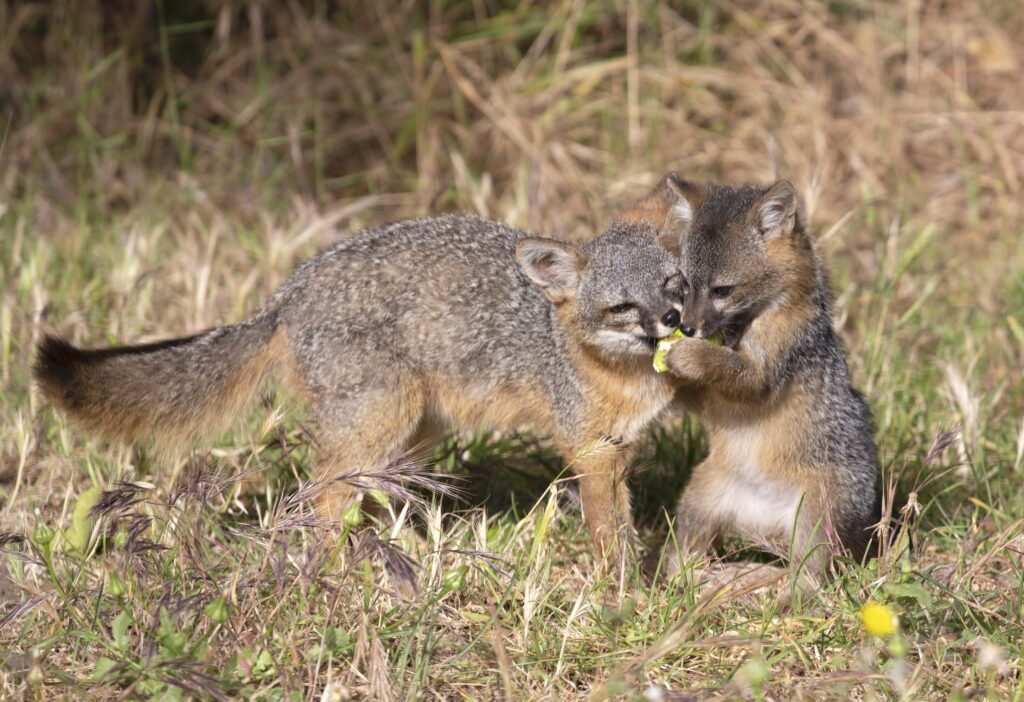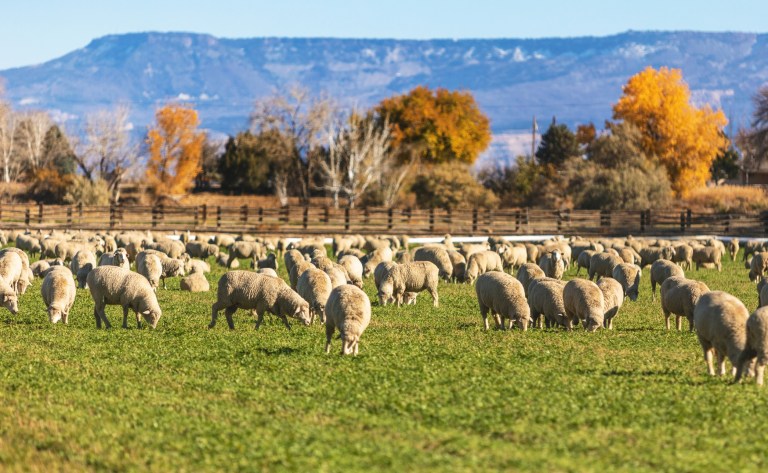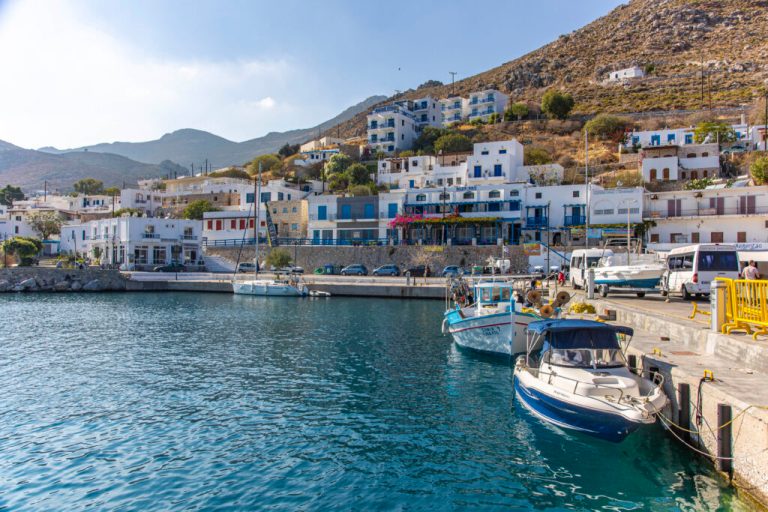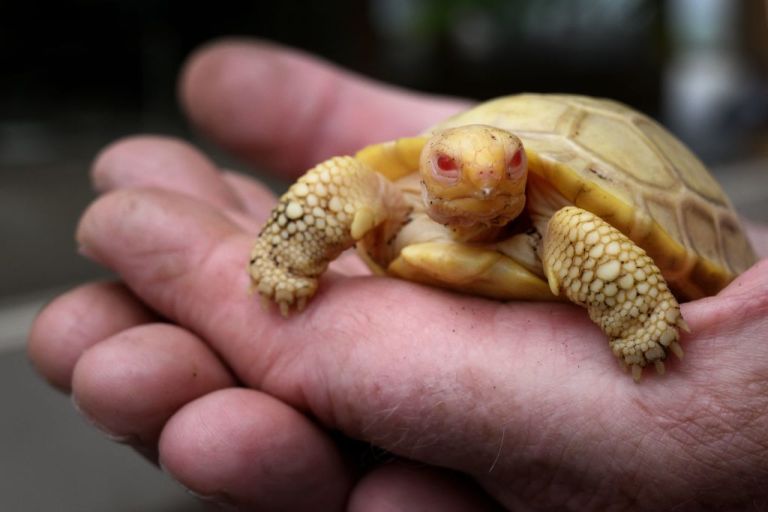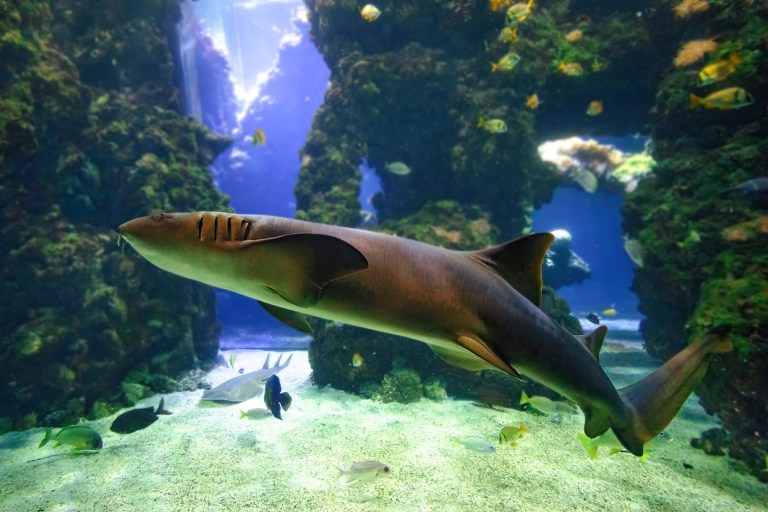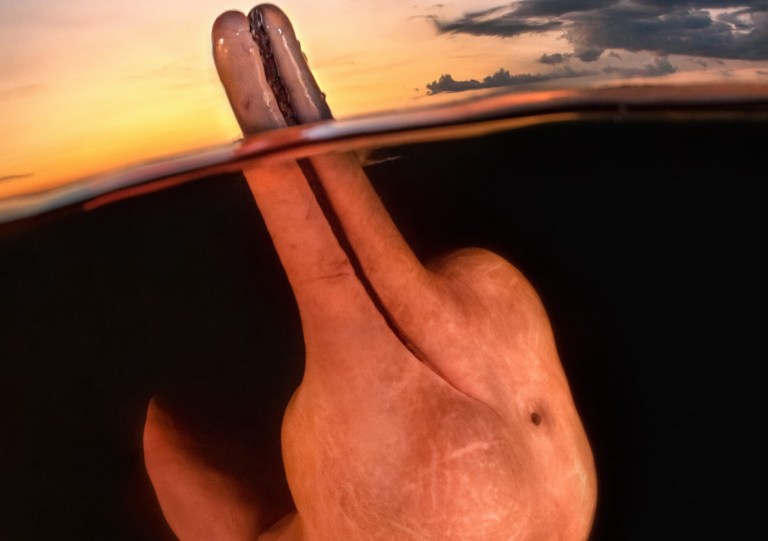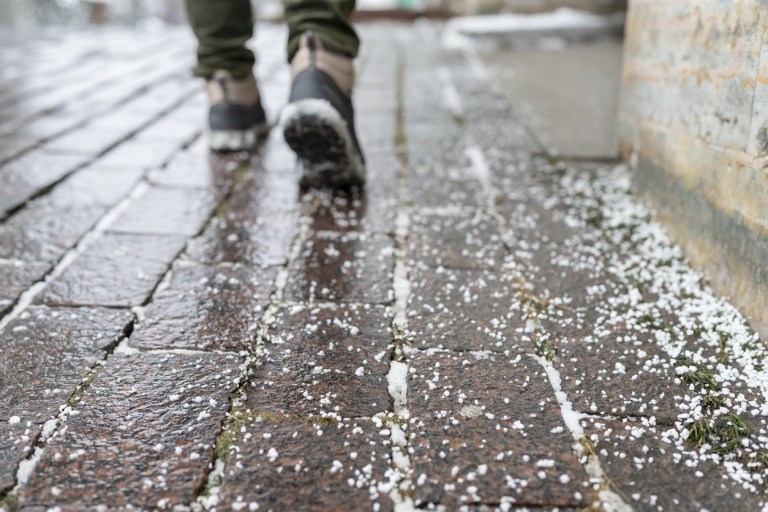Located off the Southern California coast, the Channel Islands are nicknamed the “Galapagos of North America,” as they host 145 plants and animals that can’t be found anywhere else in the world. One of those endemic species is the island fox. About the size of a house cat and the only carnivore unique to the state, the mammal is vital to the islands’ ecosystems. Unfortunately, by the early aughts, they were on the brink of extinction. Now, thanks to multiyear, multifaceted conversation efforts, the island fox is back in droves.
Island foxes live on six of the eight Channel Islands, and each of those six is home to its own subspecies, distinguished by physical and genetic differences. Considered a keystone species, because their existence is critical to the survival of other wildlife, the foxes have helped disperse seeds for shrubs and other plants for thousands of years. But in the 1990s, the National Park Service realized that four of the subspecies — those on the San Miguel, Santa Rosa, Santa Cruz, and Santa Catalina islands — were beginning to experience a drastic decline.

Santa Cruz Island
On Santa Rosa, for example, the island fox numbered around 1,780 in 1994, per nonprofit Friends of The Island Fox. Just six years later, its population had dwindled to only 15. In 2004, all four of the subspecies were placed on the U.S. Endangered Species list.
So what caused the decrease? There were a few issues at play.
An Endangered Species
One of the biggest factors was the increased presence of golden eagles. The birds had swooped in after native bald eagles went extinct on the islands in the 1960s due to widespread use of the pesticide DDT, which made its way into the water and eventually poisoned the fish-eating predators. For the growing population of golden eagles, island foxes were easy targets for prey — In addition to and despite their small size, island foxes had been the largest predator on the island for thousands of years, meaning they lacked natural survival instincts.
Another element that contributed to throwing the ecosystem off balance was the introduction of pigs to the island in the mid-1800s by ranchers intending to use them as a food source. By the following century, though, the pigs had become feral, and there were thousands of them. The abundance of piglets further attracted golden eagles, and the land animals wreaked havoc on the islands’ environment, destroying much of the natural foliage. This left island foxes with few places to hide from the birds on the island.
To save the island foxes from extinction, the National Park Service would have to take a multipronged approach to the problem.
How the Island Fox Was Saved
Breeding

Given the low numbers of foxes on the islands, the National Park Service decided to play an active role in repopulating them. Working with the Nature Conservancy and other partners, the agency employed a practice called captive breeding, which involved capturing foxes on the islands and establishing mated pairs.
From there, researchers closely monitored the next generations of island foxes, assigning them mates that prevented inbreeding among the population. By 2011, the number of island foxes had begun to balloon with 1,302 foxes counted on Santa Cruz.

The park service also addressed the golden eagle problem by reintroducing bald eagles to the Channel Islands after researchers determined that the latter pose a natural deterrent for the former — basically, golden eagles back down and perceive bald eagles as a threat. Between 2002 and 2006, the Institute for Wildlife Studies reintroduced 61 bald eagles to Santa Cruz Island, and today the birds can be found on several of the Channel Islands.
Eradicating the Pigs
Researchers also aimed to address the issue of feral pigs on the island. The swine had ruined much of the shrubs on the island, which acted as natural camouflage for the island foxes. After the park service eradicated the pigs from the islands, shrubs and other vegetation began to grow once more. And in 2016, three of the island fox subspecies were removed from the Endangered Species list, with one subspecies being downlisted to threatened.

Vaccinations
However, there still remained some risks to the fox populations, including disease. Per the Center for Biological Diversity, both raccoons, which can stowaway on shipping vessels, and pet dogs brought by their owners to the island can transmit canine distemper, which had previously resulted in a decline in the number of foxes. Today, researchers vaccinate the foxes against the disease.
What’s Next
The park service continues to monitor the islands and their ecosystems to ensure the foxes and other species are protected. And when it comes to conservation efforts, the park system got some help from Santa Barbara resident Kevin Costner, who narrated a 2012 documentary about the islands and their natural wonders.
According to Friends of the Island Fox, there are now several thousand foxes spread across the six islands. As of 2022, the largest population — on Santa Rosa island — comprised around 2,600 foxes. Two populations remain lower than ideal, on San Miguel and San Nicolas, but efforts to up those numbers persist.
Interested in visiting the islands? Primitive campgrounds are available on the five islands that make up Channel Islands National Park, but remember that nature can be delicate, so do your best to leave your location in a better state than when you arrived.
